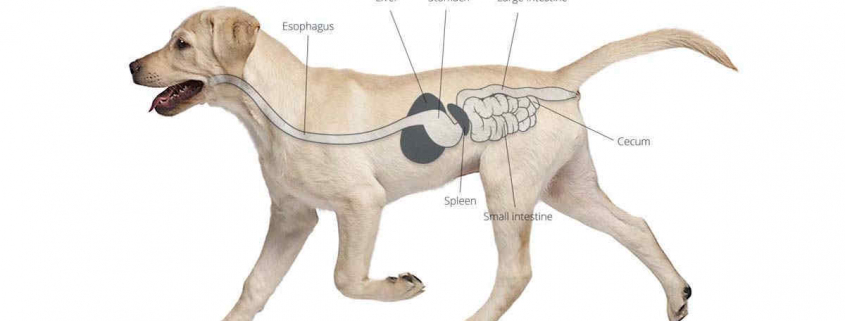Gastroesophageal Reflux in Dogs
Gastroesophageal reflux is a condition characterized by the uncontrollable reverse flow of gastric or intestinal fluids into the tube connecting the throat and the stomach (esophagus). This may be due to a brief relaxation of the muscular opening at the base of the esophagus (referred to as the sphincter), as well as chronic vomiting. Gastroesophageal reflux is common in dogs, and may occur at any age, although younger dogs are at greater risk.
This condition can cause esophagitis with varying amounts of damage. This means that the esophageal lining is limited to mild inflammation which may cause severe ulcers to deeper layers. Some major symptoms include evidence of pain, vomiting, lack of appetite and weight loss. A physical examination completed by your veterinarian will help pinpoint findings, but sometimes it takes more than a visit to the vet.
You are probably wondering how gastroesophageal reflux is caused. It may occur when an anesthetic is administered causing the opening between the stomach and the esophagus to relax. Therefore, it is important that the dogs are always in proper positioning during procedures which require anesthesia. As we mentioned earlier, younger dogs are at greater risk because their gastroesophageal sphincters are still developing.
Most treatment is done at home, by withholding food for one to two days, and thereafter following a dietary regimen of low-fat, low-protein meals given in small, frequent feedings. Dietary fat and protein should be limited, as fat decreases the strength of the muscle between the stomach and esophagus, while protein stimulates the secretion of gastric acid. Prevention is key. If you can limit the amount of high-fat foods that you are giving your dog, you will be better off.



